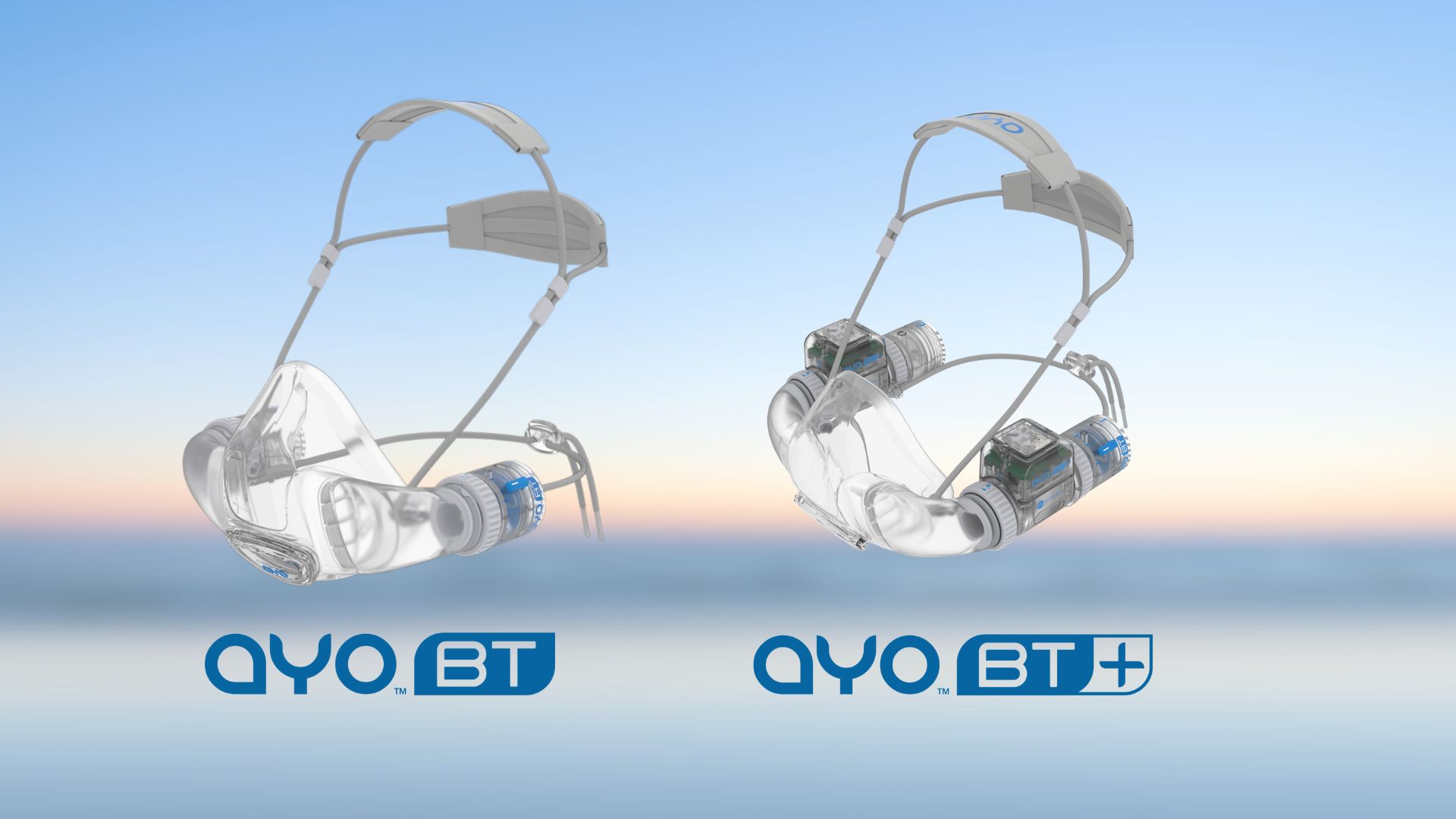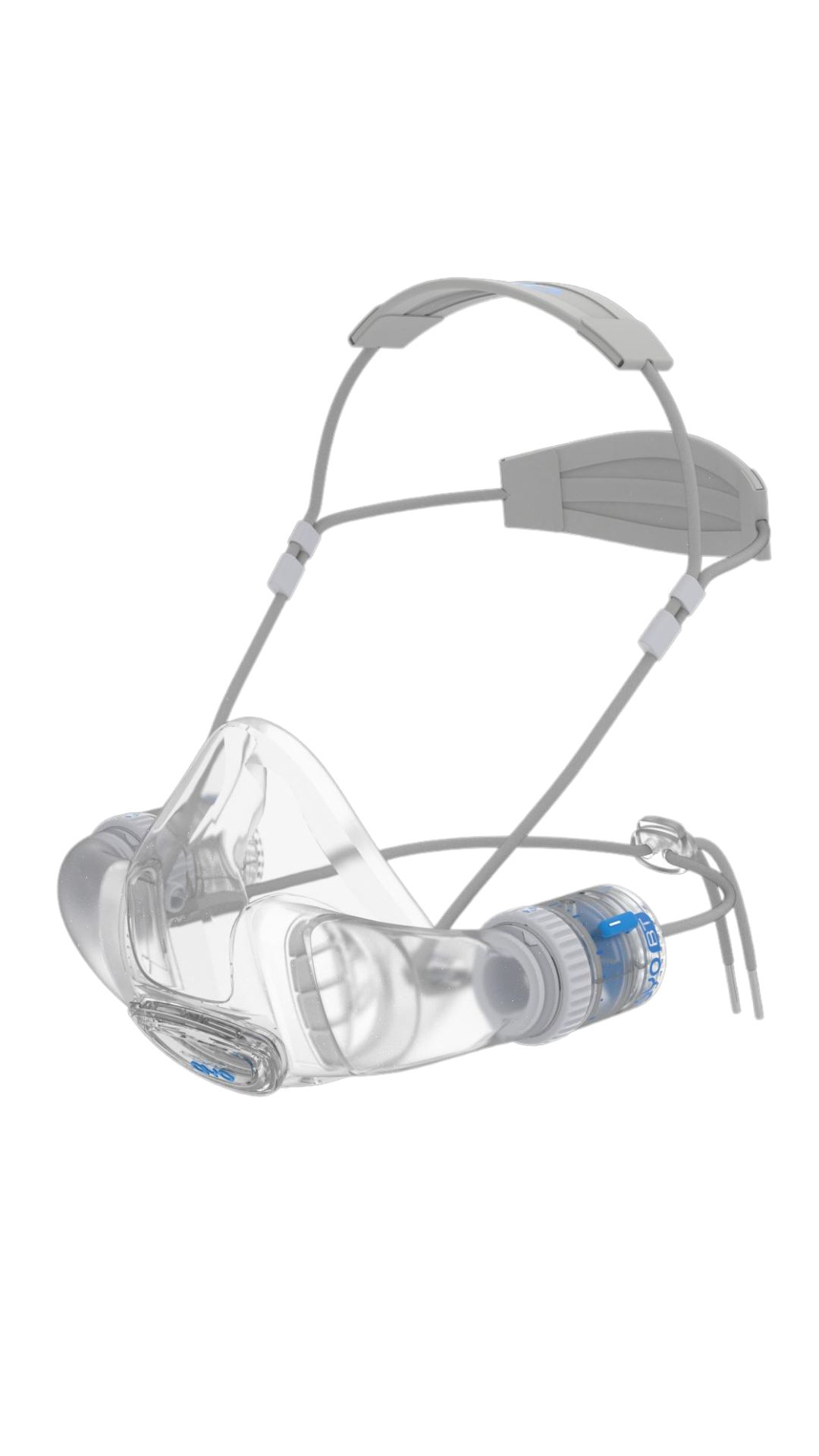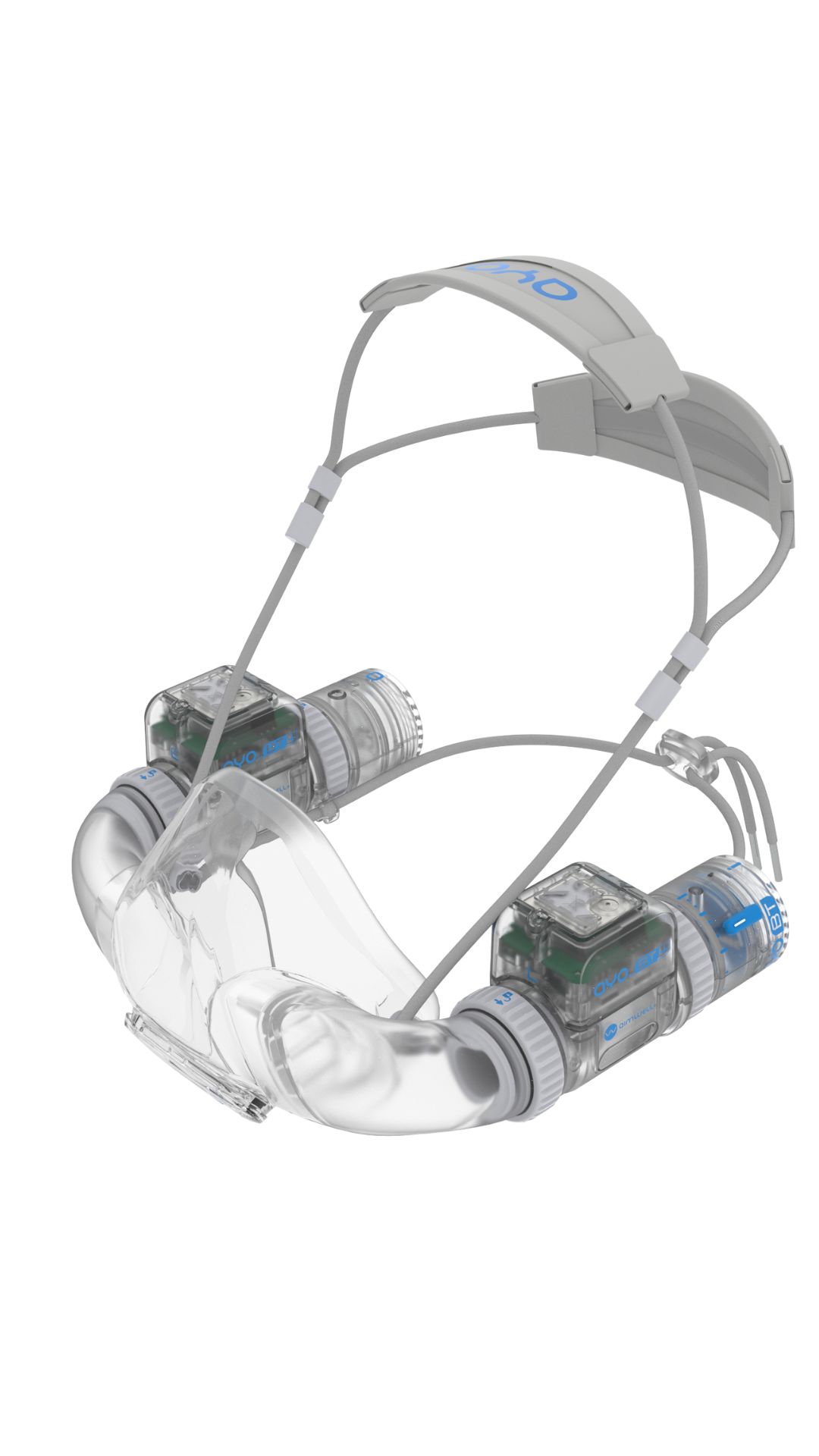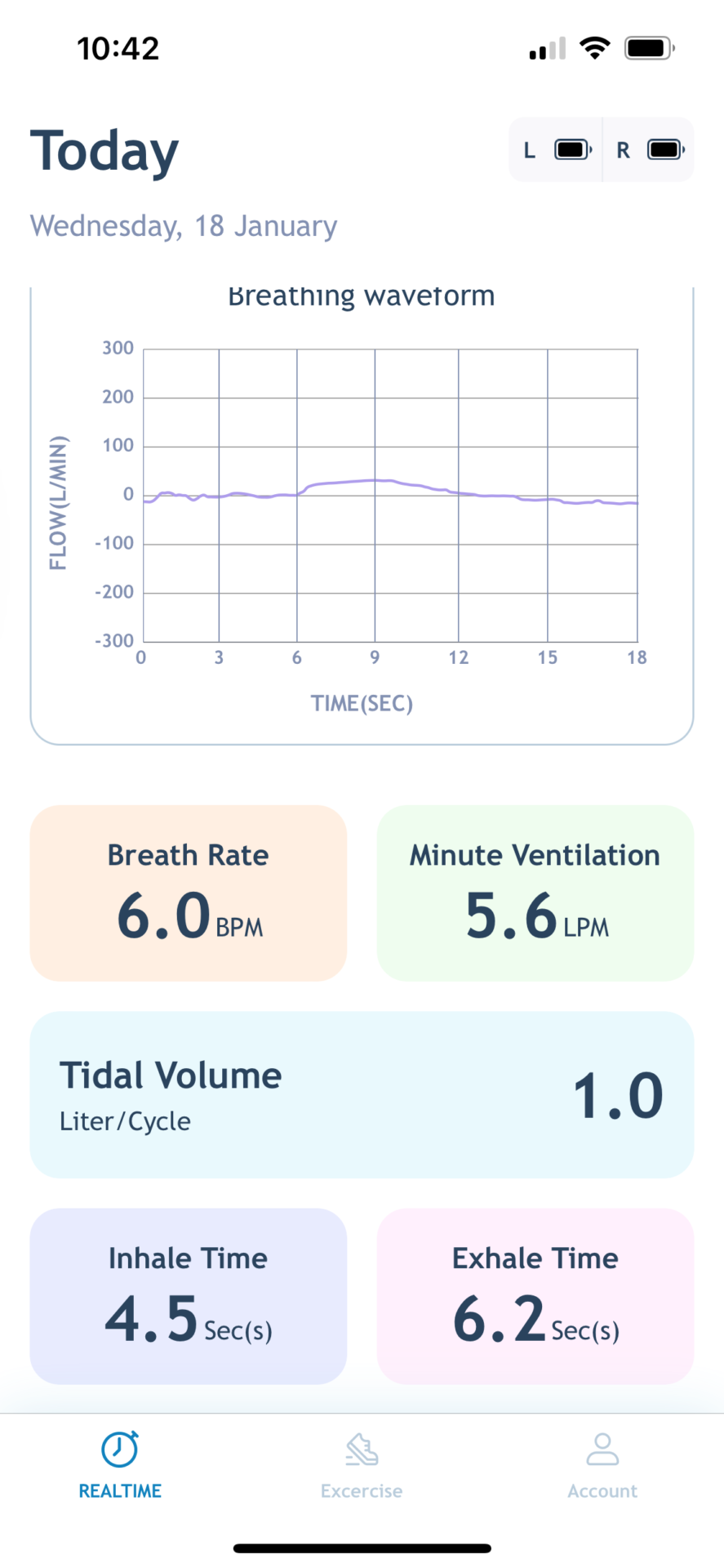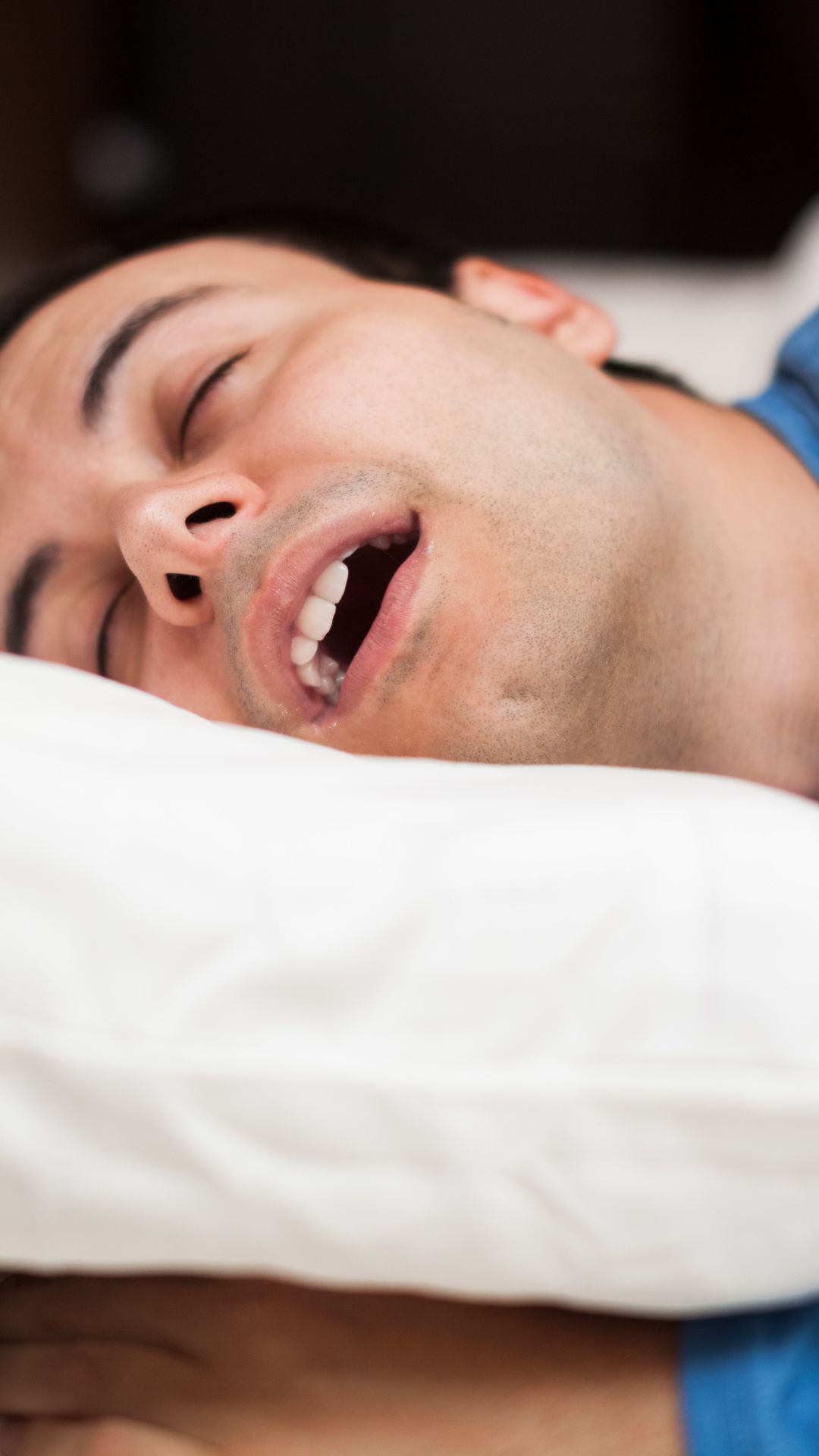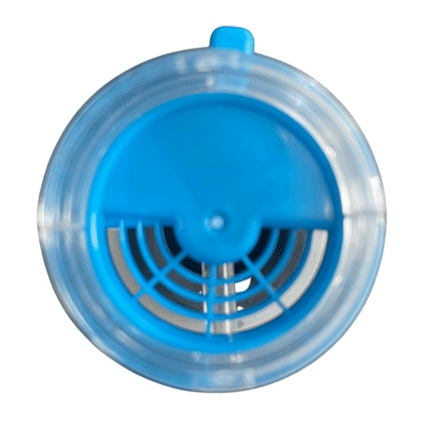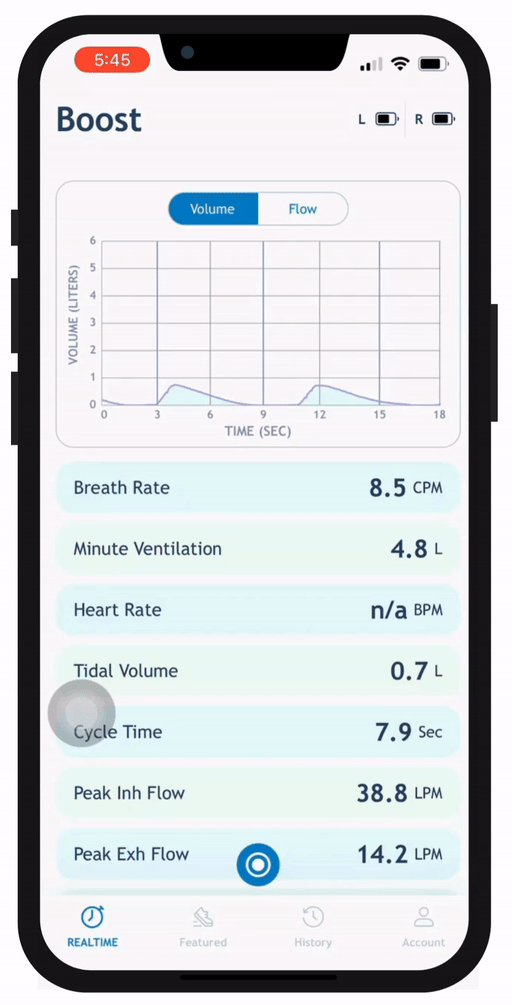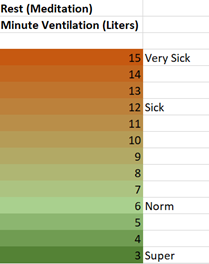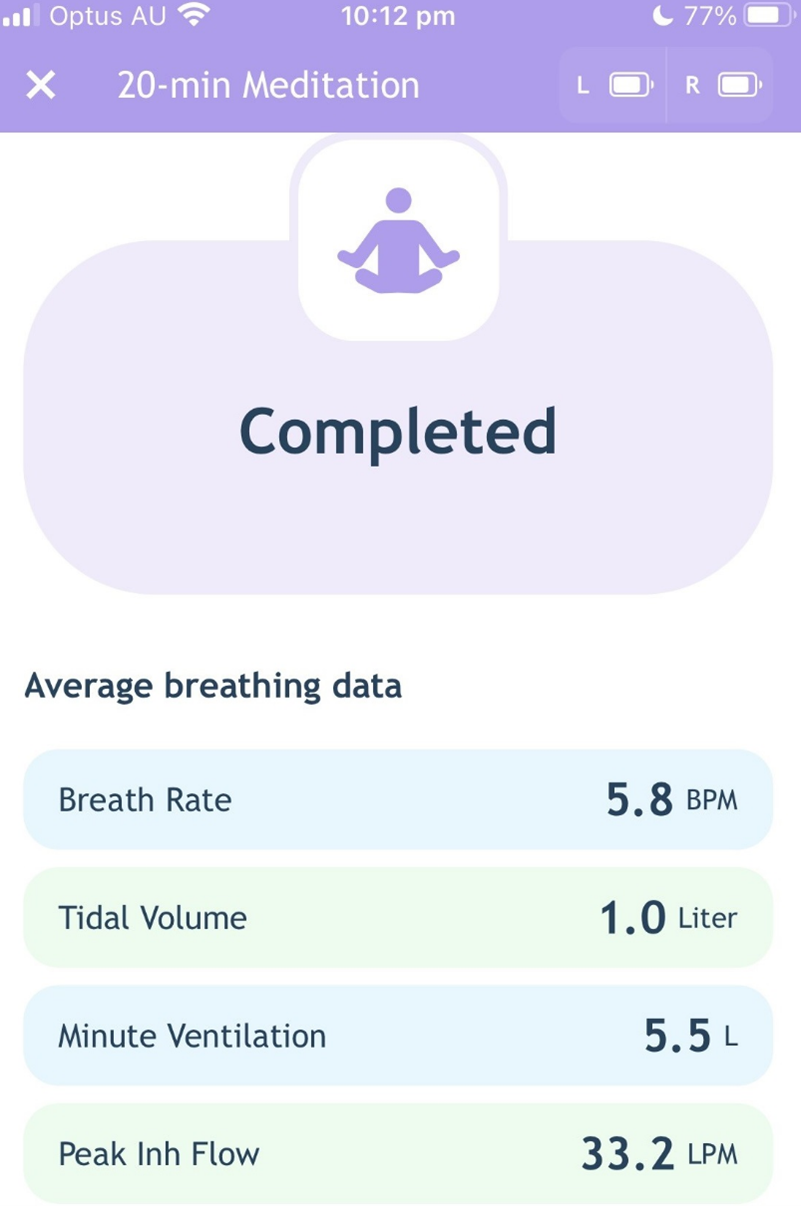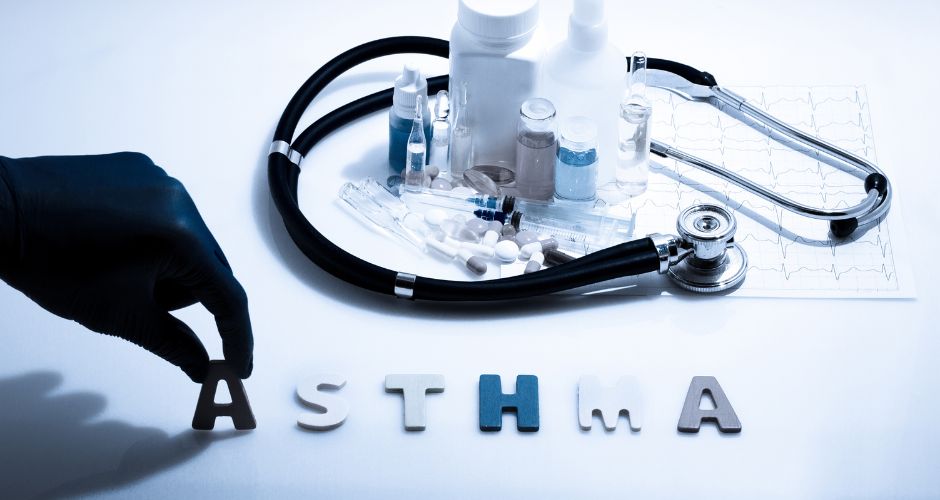How to Use AYO BT+ to Practice Reduced Breathing of Buteyko Method and ‘Calibrate’ Your Breathing
Buteyko Breathing Method has proven to be very effective for alleviating or even treating a wide range of chronic diseases, particularly asthma.
The key element of the Method is Reduced Breathing, which is described by Dr. Buteyko in his original manual in the last century as:
- Decrease
- The depth
- Of breathing
- By relaxation of the diaphragm
- Till slight shortage of air (Buteyko, 1991)
It is understandable that without access to advanced breathing measurement equipment at the time for each individual outside a medical lab, this was probably the most practical way Dr. Buteyko could describe the method.
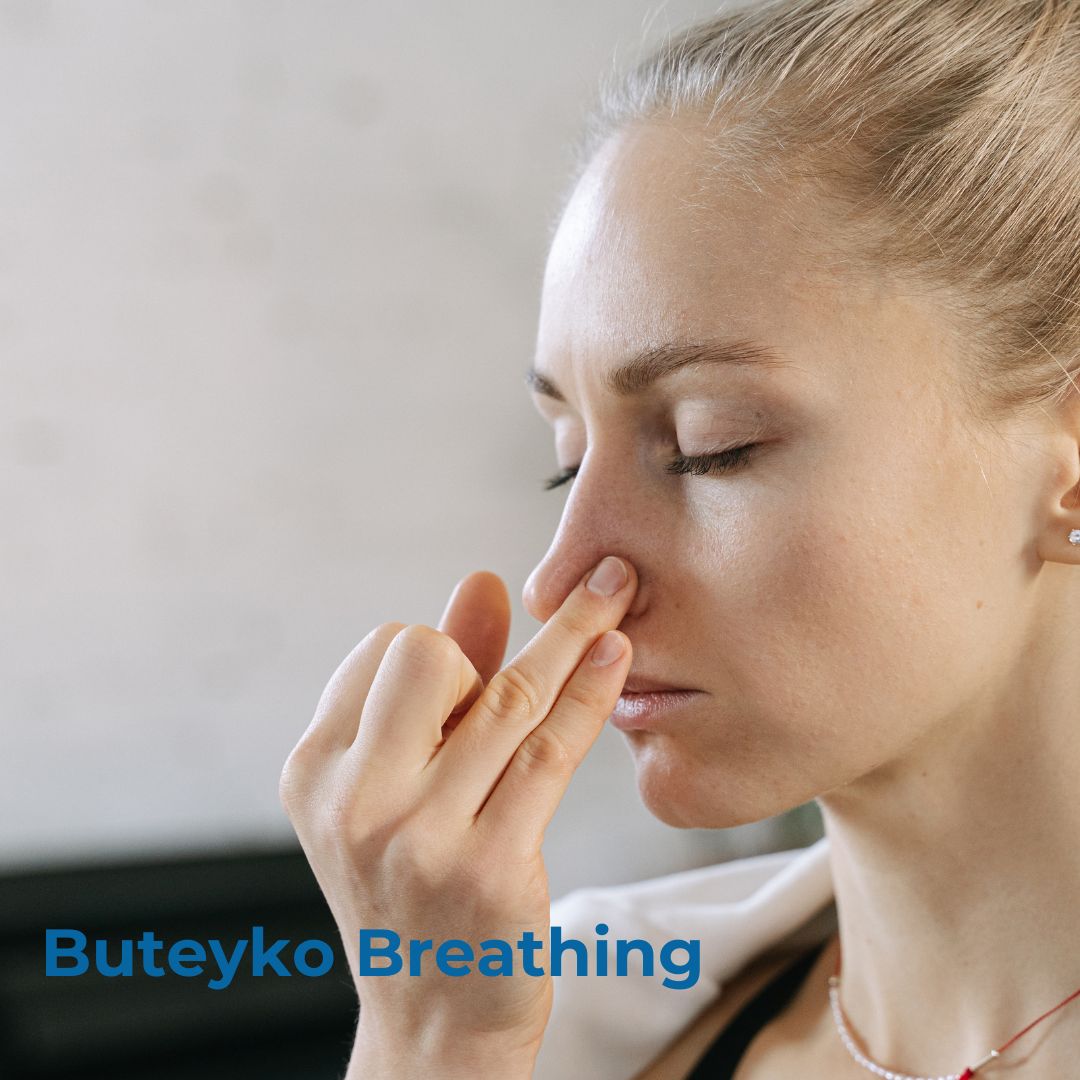
Based on this description without measurement metrics, the task has to be taken by Buteyko Method practitioners to interpret and guide the learners correctly.
For example, some practitioners describe the breathing method as: Light, Slow and Deep breathing, where:
- ‘Light’ means small volume.
- ‘Slow’ means low breath rate.
- ‘Deep’ means diaphragmatic breathing.
However, how light and how slow are not clearly defined here, thus it is up to each learner to perform based on how they feel or guess about it. Inevitably, this could be done incorrectly.
If you could have face-to-face training sessions with a qualified practitioner, you might learn the right way, but there are only limited qualified practitioners worldwide, although the number is increasing yearly, however, compared to the potentially vast numbers of people wanting to learn the Method, the number of practitioners looks like a drop in the ocean. That may explain why this proven method has not gained widespread adoption after so many years since its introduction.
Further, when you eventually reach the prescribed breathing pattern, over time, your feel and sense of the breathing pattern may shift. Even scientific measurement equipment requires periodic calibration, let alone the sense of human beings.
Here is where Aimwell’s AYO BT+ would come in, which can accurately measure your breathing while you practice the Buteyko Method.
For practicing Buteyko Reduced Breathing, the Lite model of BT+ is adequate, and here is a quick guide for what you should monitor during the practice:
| Real-time waveforms: | Make sure the breathing waveforms are smooth with gentle rise, fall, and pause in between. |
| Peak Flow: | Monitor the Peak flow when practicing ‘breathe-light’. The typical Peak flow of light breathing should be < 40 L/Min. |
| Minute ventilation: | This is THE most important parameter when practicing Reduced Breathing. It is the air volume you breathe in a minute that needs to be reduced. The physiological norm is 6 L in a minute, which is the target you should practice towards. |
| Tidal volume: | This is the volume of air you breathe in each previous breathing cycle. It is a quicker feedback to monitor in order to timely control the air volume you breathe. As to how much you should control the Tidal volume depends on the Breath rate, which is the next parameter to monitor. |
| Breath rate: | in Buteyko Method, there is no specific requirement for breath rate. However, medical research in the past 10 years shows that breathing at around 6 breaths per minute will maximize Heart Rate Variability, which is an important indicator of human health. For this reason, we recommend a breath rate of around 6 per minute. Therefore, the tidal volume should be aimed at around 1 L. |
Thus, we simplify and vary the Reduced Breathing of Buteyko Method as ‘6&6’ breathing pattern.
The practice is best done with the Meditation exercise of the BT+ App, where at the end of each session, a summary report will be provided, which can be saved for you to refer to/compared with later. This is a great way to monitor your progress over time.
The screenshot on the right is from the BT+ App as an example to practice for the ‘6&6’ Reduced Breathing.
Don’t be discouraged if you can’t do it right away. With persistent practice and using historical data to see your progress before you could feel it, you will be sure on your way to mastering this optimal breathing pattern.
It is also advisable to breathe the ‘6&6’ breathing pattern whenever you can throughout the day. Using the BT+ to practice the ‘6&’6 breathing pattern once a day, especially before sleep will ‘calibrate’ your sense and feel for the pattern, thus enabling a better quality of sleep and reaffirmed reference for breathing the next day.
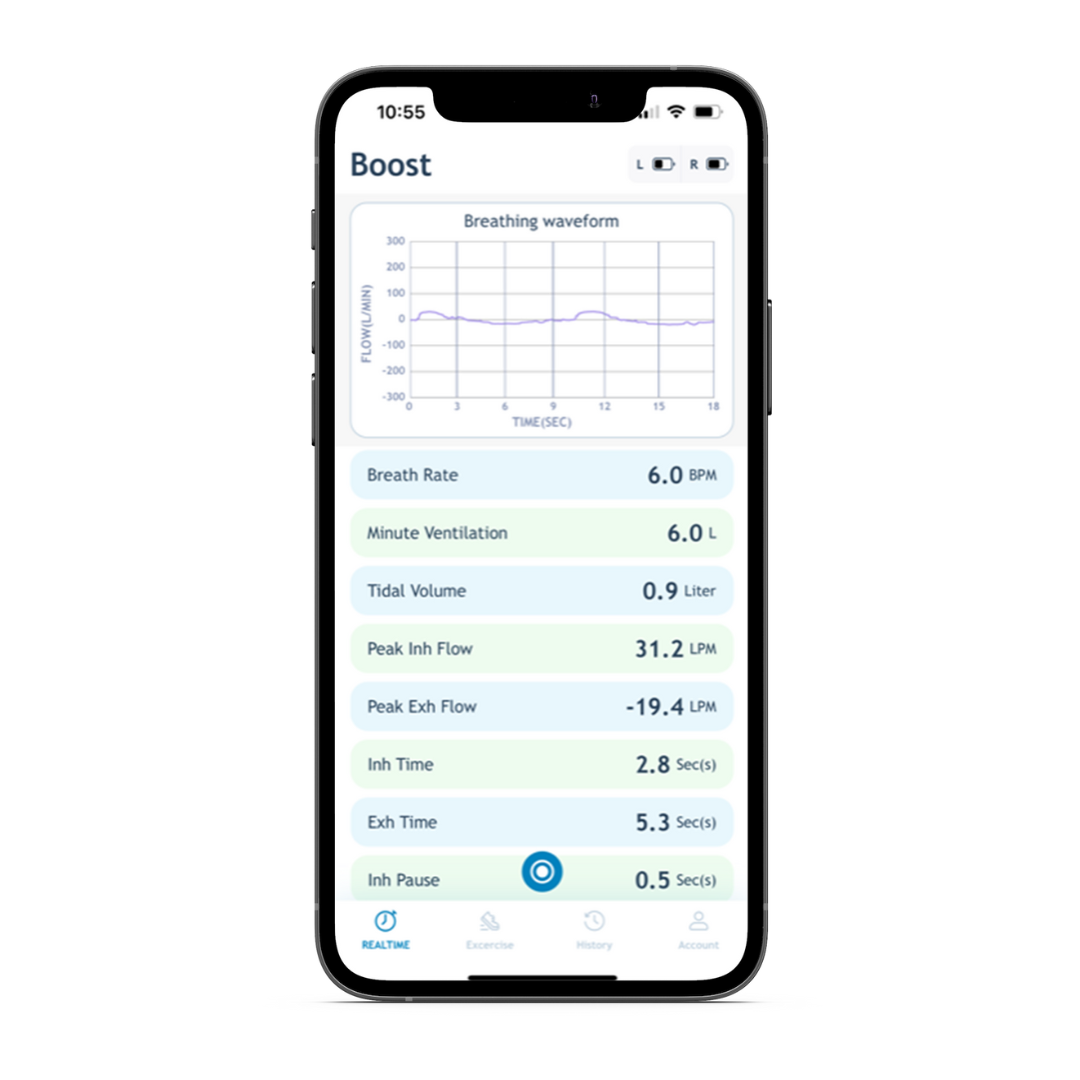
AYO BT+ is an ideal training and management tool for asthmatics or for many of those with lung/breathing issues, and it is a great Australian invention and a game-changer for helping you breathe better.
A small investment today will open the door towards a giant leap for your breathing and overall health.

